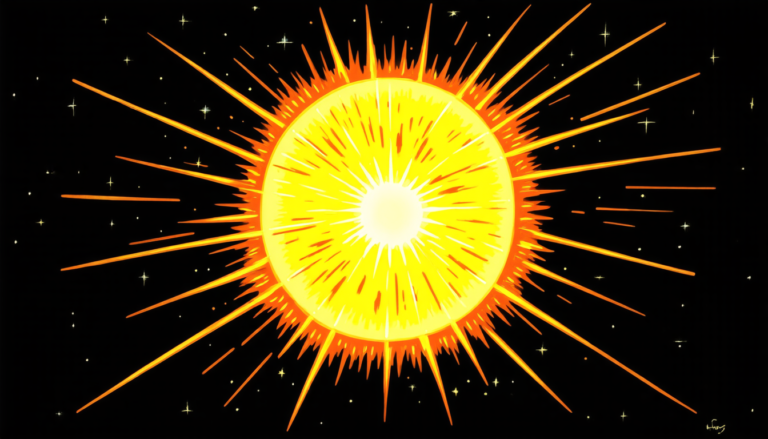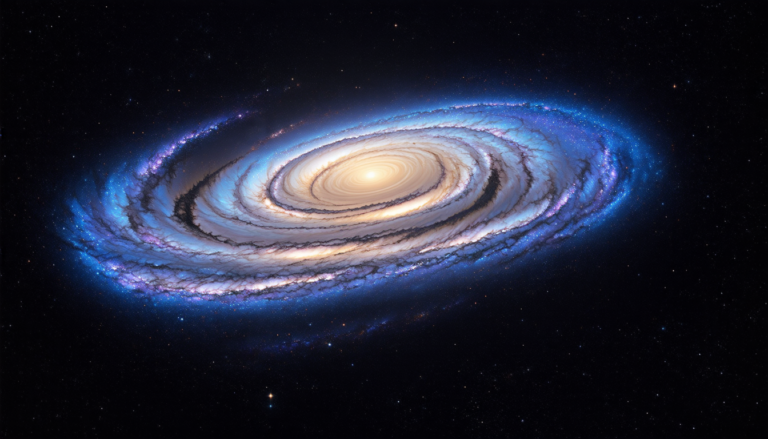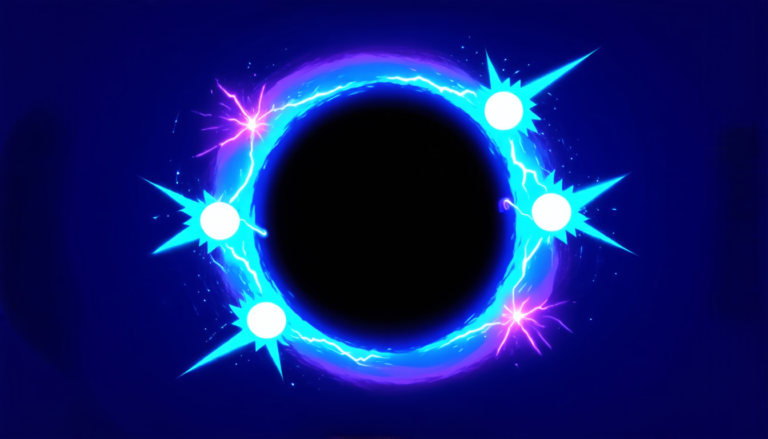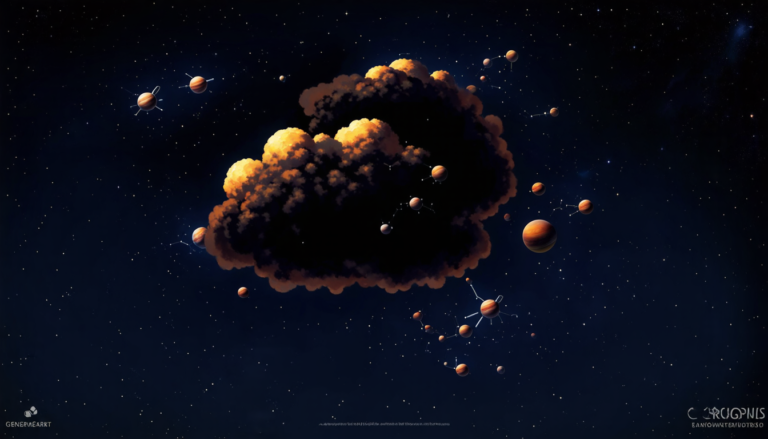Wednesday 16 April 2025
The quest for a deeper understanding of neutrinos, those ghostly particles that zip through us all without notice, has long fascinated physicists. One of the most promising avenues of research is the study of neutrinoless double-beta decay (0νββ), a process in which two neutrons in an atomic nucleus simultaneously convert into two protons and two electrons. This phenomenon, if observed, would provide conclusive evidence that neutrinos are Majorana particles – identical to their antiparticles.
Researchers have been working tirelessly to detect this rare process using highly sensitive detectors. However, the challenge lies not only in building such detectors but also in accurately calculating the nuclear matrix elements, which describe how the neutrons and protons interact within the nucleus. These calculations rely on a deep understanding of quantum chromodynamics (QCD), the theory that describes the strong force between quarks.
Lattice QCD simulations have emerged as a powerful tool for studying these interactions. By discretizing space-time into a lattice and solving the equations of motion numerically, researchers can extract valuable information about the properties of hadrons, such as protons and neutrons. In recent years, advances in algorithms and computing power have enabled scientists to tackle increasingly complex calculations.
The article under review presents a comprehensive survey of various lattice QCD calculations aimed at determining the nuclear matrix elements for 0νββ decay. The authors focus on the long-distance contributions, which are particularly challenging due to their sensitivity to the fine details of the underlying theory. By leveraging advanced algorithms and large-scale computing resources, they demonstrate impressive progress in accurately calculating these matrix elements.
The article begins by reviewing the theoretical framework that underlies lattice QCD simulations. It then delves into the specifics of the calculations, highlighting the various methods employed to extract the nuclear matrix elements. The authors also discuss the challenges faced during the calculations and how they were overcome.
Throughout the article, the focus remains on the technical aspects of the research, providing a detailed description of the numerical methods used and the results obtained. While this may not be the most thrilling reading for non-experts, it provides a valuable insight into the cutting-edge techniques employed in lattice QCD simulations.
The authors’ findings are significant, as they demonstrate that lattice QCD calculations can indeed provide accurate estimates of the nuclear matrix elements for 0νββ decay. This is a crucial step towards ultimately detecting this process and confirming the Majorana nature of neutrinos.
Cite this article: “Unlocking the Secrets of Neutrinoless Double-Beta Decay: A Quantum Leap Forward in Nuclear Physics”, The Science Archive, 2025.
Neutrinoless Double-Beta Decay, Lattice Qcd, Nuclear Matrix Elements, Quantum Chromodynamics, Hadrons, Protons, Neutrons, Majorana Particles, Strong Force, Quarks
Reference: Anthony V. Grebe, “Nuclear Matrix Elements for Neutrinoless Double-Beta Decay” (2025).







